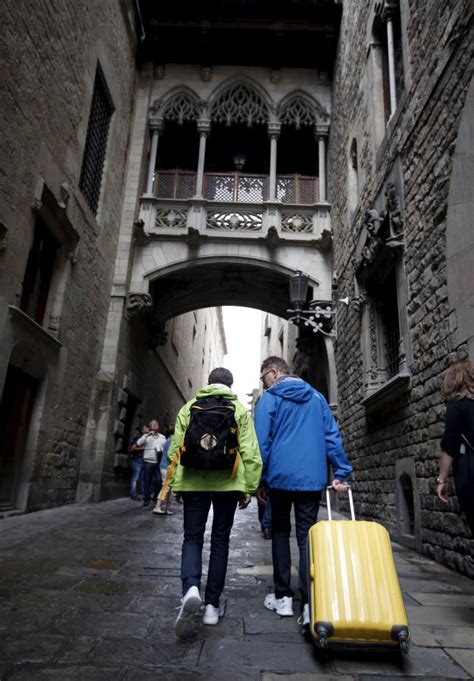Barcelona’s decision to remove all tourist apartments by 2028 is a monumental shift, targeting the delicate balance between tourism’s economic boon and the pressure it exerts on local housing and community life. The move, intended as a victory for anti-tourism activists and locals fed up with the influx of transient visitors, resonates deeply in a city where tourism has long been both a blessing and a curse. But what are the broader ramifications of this policy, and is it the definitive answer to Barcelona’s housing woes?
One of the fiercest criticisms against this policy is its perceived authoritarian approach. Critics argue that zoning laws are inherently restrictive, comparing them to authoritarian measures. Proponents counter that zoning is a necessary evil, ensuring that neighborhoods remain habitable and communities intact. The reality lies somewhere in between, where regulations aim to balance economic prosperity from tourism while safeguarding residential areas for local residents. The question of whether zoning laws that protect local interests are inherently authoritarian remains a heated debate.
Others suggest that Barcelona is not as dense as it could be, drawing comparisons to other major cities like Paris. Some commenters point out that increasing the city’s density—potentially by building upwards—might be a reasonable alternative to banning tourist apartments. However, increasing density comes with its own set of challenges, such as the economic viability of replacing existing buildings with taller ones and the socio-environmental implications that such changes entail. This debate underpins a larger discussion about urban planning in Barcelona.
While the city boasts a population density of around 16,000 per square kilometer, making it one of the densest in Europe, it still falls short compared to cities like Paris. Proponents for increased density argue that boosting the city’s infrastructure to accommodate higher populations could alleviate housing shortages. However, as some commenters point out, the economic feasibility of such an approach is questionable. High-density living reminiscent of prison camps is neither desirable nor economically practical, especially in a city already grappling with high property prices.
Supporters of the ban argue from a social cohesion perspective, emphasizing that residential areas should primarily house locals rather than transient visitors. As one commenter aptly puts it, ‘Plenty of cities restrict where hotels can operate. This is nothing special and certainly not authoritarian.’ This thinking reinforces the notion that local areas benefit more from stable communities rather than ever-changing visitor populations. The policy could indeed bring back a semblance of normalcy in neighborhoods increasingly dominated by short-term renters.
On the flip side, some argue that removing tourist apartments will not make a significant dent in the housing market. With only about 10,000 flats expected to be repurposed for long-term rentals, critics argue that this is a drop in the bucket in a city of 1.6 million. More aggressive strategies, like major new housing developments or innovative urban planning solutions, might be needed. Increasing the housing supply is critical, but the question remains whether the city has the space and means to do so.
Another concern is the potential economic fallout. Tourism is a massive component of Barcelona’s economy, and curtailing short-term rentals might deter visitors, affecting local businesses and the broader economic ecosystem. As another commenter notes, ‘Airbnb and resident housing areas have different needs and require different infrastructure.’ Shifting the focus from short-term tourist accommodations to long-term residential solutions necessitates careful planning and consideration to avoid damaging the local economy.
In conclusion, Barcelona’s bold move to eliminate tourist apartments by 2028 is a significant step towards ensuring sustainable urban living, but it is not without its controversies and challenges. While it aims to address housing shortages and over-tourism, the success of this policy will depend on its implementation and the city’s ability to manage the economic and social dynamics at play. This decision could serve as a case study for other cities grappling with similar issues, highlighting the complex interplay between tourism, housing, and urban policy.


Leave a Reply